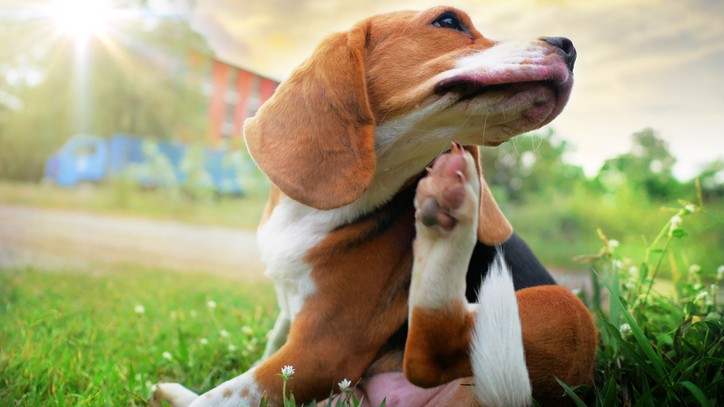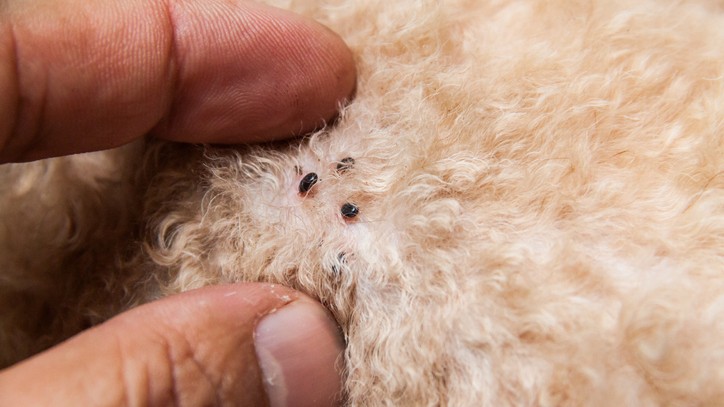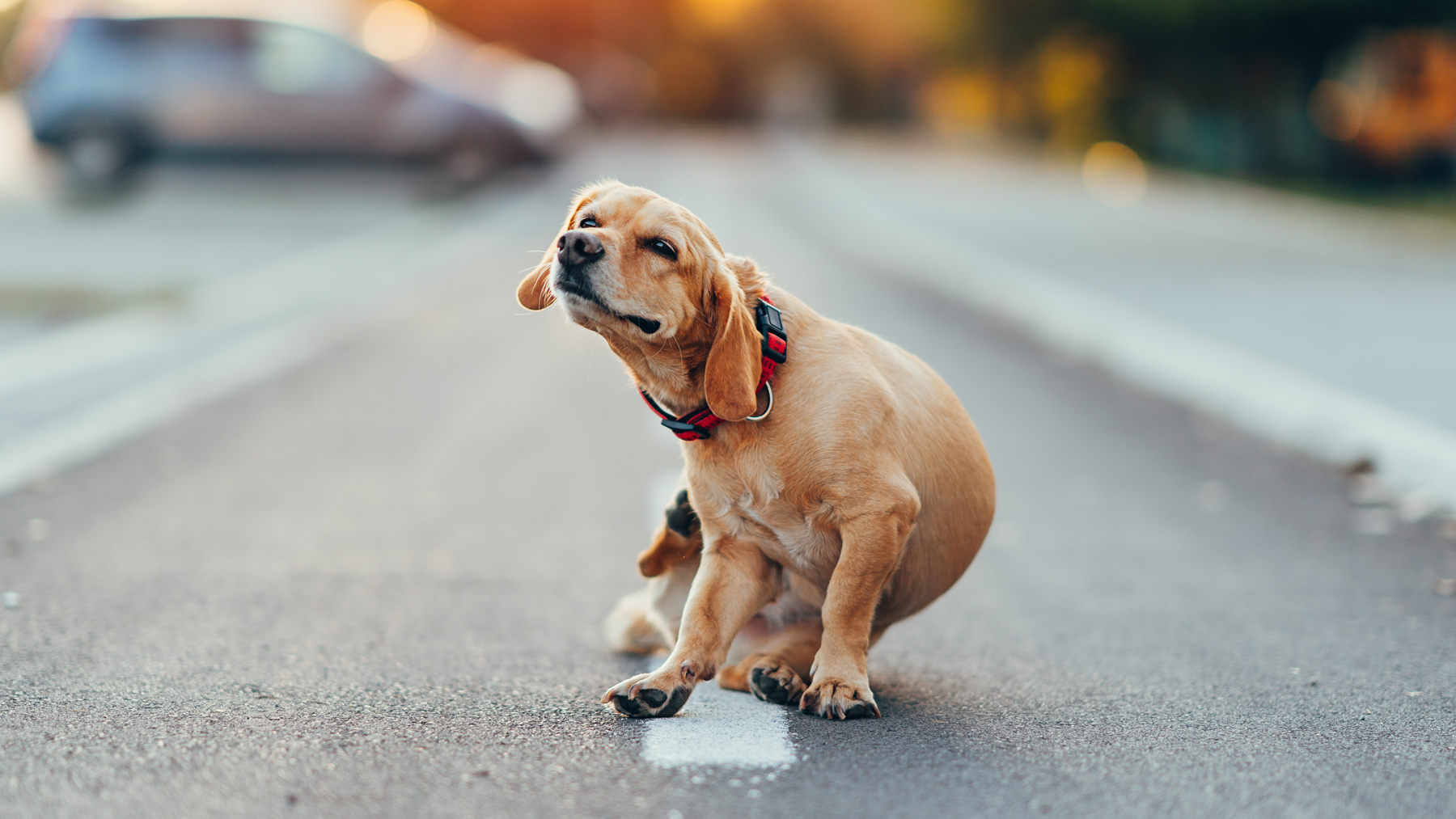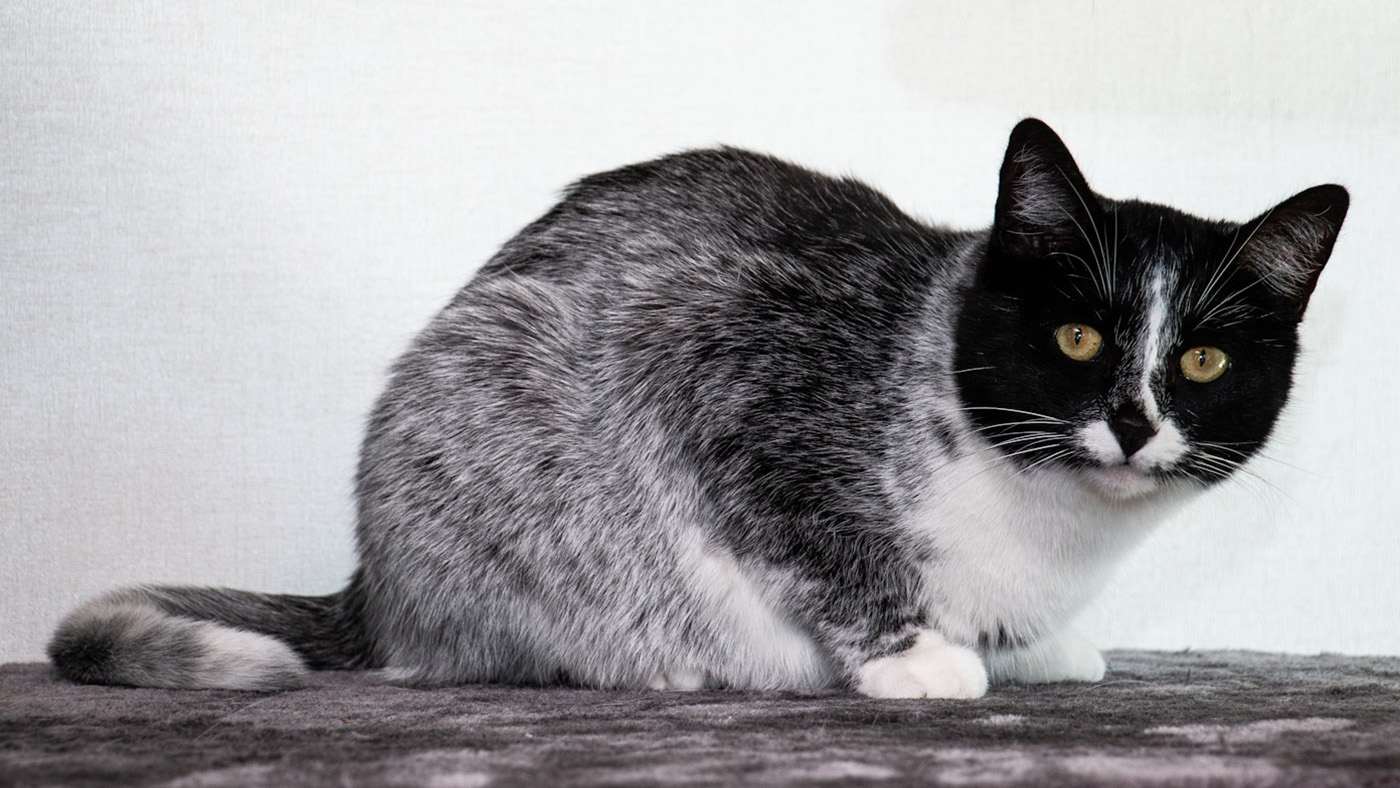How do dogs get fleas? 5 surprising places where your dog picks up unwanted critters
How do dogs get fleas? Dr. Joanna Woodnutt reveals the origins of fleas, common hotspots, and effective prevention strategies

How do dogs get fleas? It's a question that often plagues pet owners, and something worth educating yourself on as with fleas, prevention is much easier than the cure.
Yes, there are a number of the best flea treatments for dogs on the market but if you are able to spot and prevent where fleas come from it can save you a lot of time and money on treatments or vet bills.
That being said, don’t worry if you are reading this and your dog already has fleas. You can give your dog all the love and care they deserve, but somehow, those pesky fleas will still manage to find their way onto your furry friend. Thankfully there are a number of solutions when it comes to tackling how to get rid of fleas.
For now though, join us as we embark on a flea-finding journey, guided by the expertise of Dr. Joanna Woodnutt, an experienced veterinarian who will shed light on the origins of fleas, common hotspots, and effective prevention methods.
How do dogs get fleas?
The first thing to understand is that the flea has a lifecycle consisting of four stages – egg, larvae, cocoon, and adult flea. It’s only the adult flea that feeds on your dog, and – with their long, springy legs – it’s the adults that are going to jump onto your pet when he’s out and about. The other stages live in the environment, whether that’s your carpet or a nice, warm rabbit burrow. So, how do dogs get fleas?
1. Other animals in the house
They might not be itching, but other animals in the house are a common source of fleas. Adult fleas can jump from pet to pet, but they can also lay eggs that eventually hatch and bite your dog. Check all the animals in the house for ‘flea dirt’ (flea poo) by brushing them with a flea comb and tapping any brown crumbs onto wet kitchen paper. A red ring spreading from the dirt means your pet has fleas. Don’t forget visiting cats, even if they aren’t yours!
2. Animals outside
Does your dog like to play with other dogs in the park? Or regularly stop to sniff a friendly street cat? Fleas can hop up to half a metre in distance, so coming into contact with other animals outside is one way that your dog can get fleas. Buying him or her the a good flea collar will help.
3. Environment
It’s not just coming into physical contact with animals that can cause your dog to get fleas. After all, fleas will jump or fall off an infested pet from time to time, and end up in the environment. That means your dog could be getting fleas from playing in the leaves in the dog park, at your friend’s house, or even at the groomers or kennels.

4. Newly-hatched fleas
Your dog can also pick up a flea infestation from a house currently undergoing flea eradication. Treatment for fleas takes 3-6 months due to the resistance of the ‘cocoon’ stage to any pesticides. If your dog’s flea protection has worn off, fleas will be very pleased to hatch from their cocoons and jump on!
5. You!
You’ll start itching in a moment, but did you know you can give fleas to your dog? Whilst fleas don’t like to live on humans (there’s not enough hair to grip onto!) they can ‘hitch a ride’ on your clothes. So, even if you have an indoor-only pet, they can get fleas!
Why does my dog have fleas even though I treated him?
There are lots of reasons why your dog can have fleas despite flea treatment. The most common reasons for flea treatment failure are:
- Not treating for long enough
- Incorrect use of product
- Incorrect product choice
Whilst it’s easy to blame an ineffective product, this is a rare cause of treatment failure. It does sometimes occur with fake products, natural remedies, or over-the-counter products. Resistance to flea treatments is a risk, but there has been no demonstrated resistance to most products. However, resistance has been demonstrated to pyrethroids, a type of insecticide found in store-bought, over-the-counter flea treatments.
How can I stop my dog from getting fleas?
As we’ve seen, your dog can get fleas in the park, at a friend’s house, or even if they don’t go out at all. So how can you keep them safe? Well, the best way to prevent your dog from getting fleas is to make sure they’re treated with a flea preventative year-round, or as regularly as recommended by your vet. You can also read our article “Six ways to prevent fleas” for more advice.
A common misconception is that flea products are dangerous and have lots of side effects, so you shouldn’t use them regularly. All flea treatments are thoroughly tested before being brought to market and vets keep a close eye for signs of problems that need to be reported. However, some flea treatments can cause problems for particular breeds (and some dog flea treatments can kill cats!) so identifying the correct product to use is important.
It’s also worth bearing in mind that natural home remedies for fleas are not necessarily safe, or effective. You may have seen recommendations for tea tree oil, eucalyptus, citronella, and other essential oils, as well as some stranger ideas like lemon juice spray, dawn dish soap, and planting lavender or marigolds. Although going natural can seem like a good idea (and if finances are tight, you might be thinking it’s cheaper), it’s important to remember that even natural substances like essential oils can be toxic to your dog. Before you apply any home remedies for fleas, ask your vet if it’s safe.

Dogs can get fleas from other animals, from the ground, from an infestation that hasn’t fully gone, or even from you. This means all dogs can get fleas, no matter what their lifestyle is. My recommendation is to make sure your dog is fully protected from fleas by applying prescription flea preventatives as often as your vet recommends.
You might be wondering, 'What's the safest flea treatment for dogs?'
PetsRadar Newsletter
Get the best advice, tips and top tech for your beloved Pets
After graduating as a vet from the University of Nottingham, Dr Joanna Woodnutt went on to practice companion animal medicine in the Midlands. Since then, she has also written for countless online and print publications and is a regular contributor for Edition Dog Magazine.

